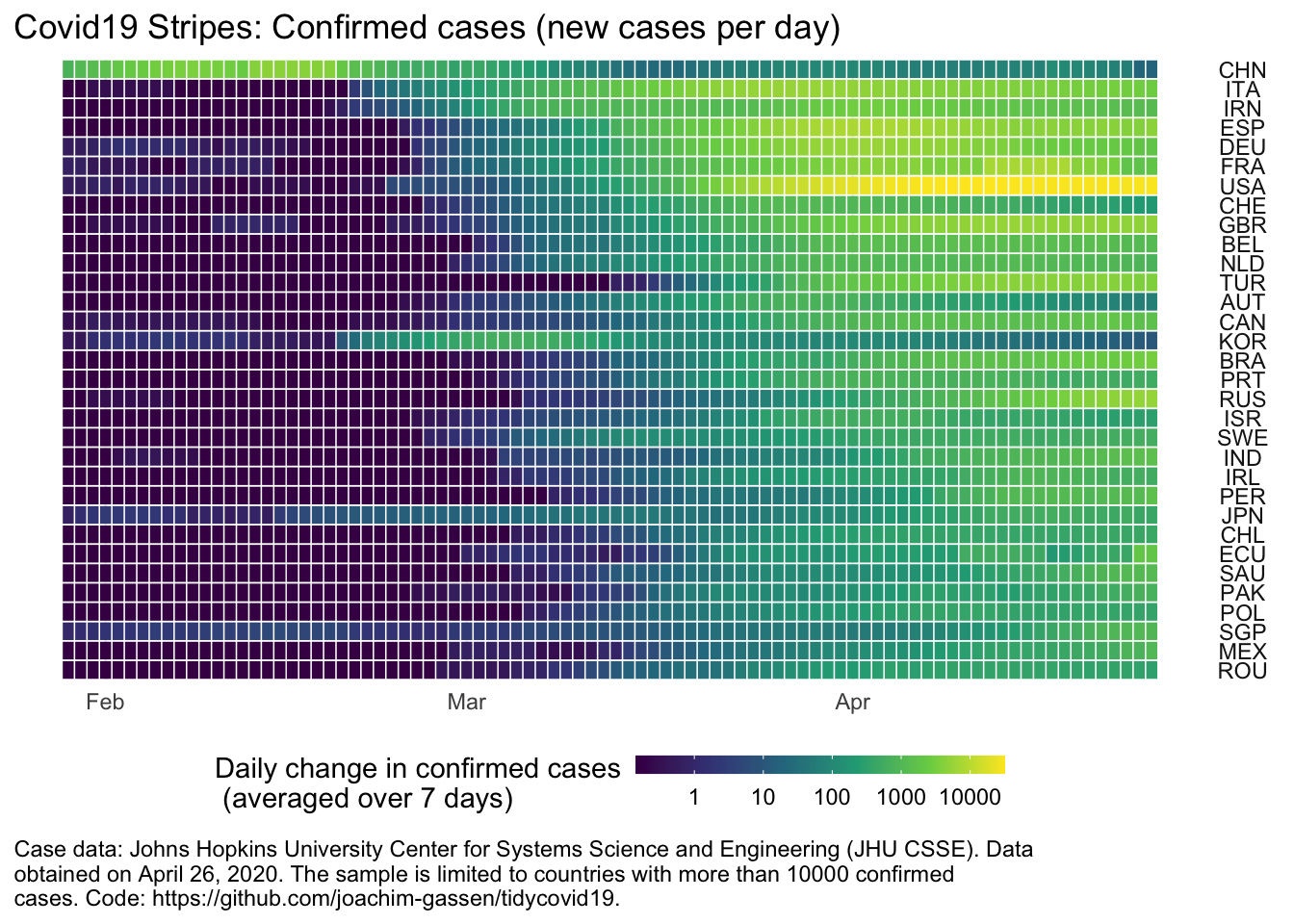Investing is hard.
People often
get_perf <- function(starting_cash = 1,
perc_perf = 0.2,
perc_manag = 0.02,
manager_skill_down = 0.8,
manager_skill_up = 1.2) {
require(BatchGetSymbols)
df_sp500 <- BatchGetSymbols(tickers = '^GSPC',
first.date = '1950-01-01', last.date = Sys.Date())[[2]]
df_invest <- df_sp500 %>%
mutate(ref_year = lubridate::year(ref.date)) %>%
group_by(ref_year) %>%
summarise(last_price = last(price.adjusted)) %>%
mutate(ret = last_price/lag(last_price) - 1)
df_out <- tibble()
port_value <- starting_cash
invest_value <- starting_cash
for (i_year in df_invest$ref_year[2:nrow(df_invest)]) {
idx <- which(i_year == df_invest$ref_year)
ret_year <- df_invest$ret[idx]
invest_value <- invest_value*(1 + ret_year)
fund_return <- (ret_year>0)*manager_skill_up*ret_year +
(ret_year<=0)*manager_skill_down*ret_year
bench_cost <- (fund_return > 0)*(fund_return - ret_year)*perc_perf*port_value
management_cost <- port_value*perc_manag
port_value <- port_value*(1+fund_return) - bench_cost - management_cost
df_out <- bind_rows(df_out, tibble(i_year,
ret_investment = ret_year,
fund_return,
bench_cost,
management_cost,
fund_cost = bench_cost + management_cost,
port_value,
invest_value))
}
df_tab <- tibble(perc_perf,
perc_manag,
manager_skill_down,
manager_skill_up,
total_ret_asset = last(df_out$invest_value)/starting_cash-1,
total_fund_return = last(cumprod(1+df_out$fund_return)) - 1,
total_ret_portfolio = last(df_out$port_value)/starting_cash-1,
total_cash_fund_cost = sum(df_out$fund_cost),
total_cash_investor = last(port_value),
CAGR_asset = (1+total_ret_asset)^(1/nrow(df_out))-1,
CAGR_fund = (1+total_fund_return)^(1/nrow(df_out))-1,
CAGR_portfolio = (1+total_ret_portfolio)^(1/nrow(df_out))-1
)
return(df_tab)
}
perc_perf <- 0.2
perc_manag <- 0.02
bench <- 0.05
starting_cash <- 1000
manager_skill_down <- 0.5
manager_skill_up <- 1.5
df_tab <- get_perf(starting_cash = starting_cash ,
perc_perf = perc_perf,
perc_manag = perc_manag,
manager_skill_down = manager_skill_down,
manager_skill_up = manager_skill_up)
## Loading required package: BatchGetSymbols
## Loading required package: rvest
## Loading required package: xml2
## Loading required package: dplyr
##
## Attaching package: 'dplyr'
## The following objects are masked from 'package:stats':
##
## filter, lag
## The following objects are masked from 'package:base':
##
## intersect, setdiff, setequal, union
##
##
## Running BatchGetSymbols for:
## tickers =^GSPC
## Downloading data for benchmark ticker
## ^GSPC | yahoo (1|1) | Found cache file
## ^GSPC | yahoo (1|1) | Found cache file - Got 100% of valid prices | Looking good!
[Read more...]










